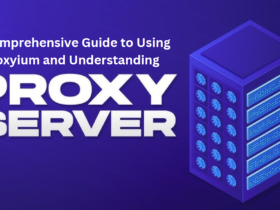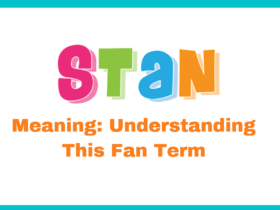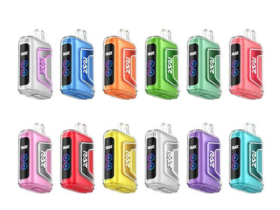Business cards have an old history that occur before to as early as the 15th century. While the main objective of a business card is to provide contact information. This has remained largely unchanged, business cards have transformed over the recent years.
Digital business cards gained attention in 2019 because of the coronavirus pandemic and the growth of remote work. Thenceforward, their admiration has elevated because if the value they provide to both individuals and companies.
So, what is a digital business card? This blog will explore everything you need to acknowledge, involving advantages, disadvantages, and how to create a digital business card.
What is a Digital Business Card?
A digital business card (also known as a QR code business card, online business card, electronic business card, or mobile business card) is a profile that links all your digital contact information. Digital business cards are pretty much similar to business cards – they are made and exchanged through the Internet in place of the common paper print.
Advantages of Digital Business Card
The advantages of digital business cards are as follows:
Effortless Sharing
You can effortlessly share digital business cards with your consumers and people. The process requires you to send the card to them through email, social media, text, and other ways.
Attracts Attention
Digital business cards are very popular but still, everyone is not utilizing digital business cards, you can easily attract the attention of clients and stand out with these cards. While many people are stuck to traditional paper cards, because of digital cards your business looks unique.
Stores The Information Easily
One of the major benefits of digital business cards is that it is the easiest way to store as much data as you need under one roof. Dissimilar to paper cards, there is no deficiency of space.
Cost-Effective
There is no requirement to spend a lot of money in making digital business cards, unlike paper cards on printing and designing. The cost of printing cards on paper is very costly for many mid-size enterprises. However, the digital cards are free of cost as it does not require printing. Your money will only be spent on designing the card.
Also Read: Samigo App: Your Key to a Lively Social Life in 2024
Disadvantages of Digital Business Card
The disadvantages of digital business cards are as follows:
Not Accessible To All
A notable drawback of digital business cards is that a broad section of the population is still not furnished well to access these cards. They are not adapted to obtaining the cards digitally.
While you may receive free digital business cards, not all clients may understand how to obtain and save the contact information they contain.
Deficient In Personal Touch
Since you share these cards digitally, the personal touch is completely missing as compared to paper cards. The Handshake, Talks, and other gestures while giving a card in person to the client are missing when sharing the cards online.
Dependency on Internet
Sharing your digital business card requires both you and your client to have good access to the Internet. Without Internet connectivity, the card loses its utility.
How To Make a Digital Business Card?

Making a digital business card includes various key steps to make certain it efficiently represents you or your business while being convenient to share and memorable:
- Design & Content: Start with a clean, professional layout. Mention your name, job title, and contact information remarkably.
- Contact Information: Provide email, phone number, website URL, and social media links.
- Logo & Branding: Integrate your logo and brand colors for consistency.
- QR Code: Incorporate a QR code connected to your card for effortless scanning and saving.
- Call to Action: Add a good call to action or tagline underlining your unique value proposition.
- Interactive Components: Consider adding engaging features like clickable links or embedded videos.
- Mobile Optimization: Make sure your card is mobile-friendly for easy viewing on smartphones.
- Accessibility: Ensure all text is clear and readable with proper font sizes and colors.
- Update Regularly: Keep your information updated to reflect any changes in contact information or services.
- Shareability: Enable convenient sharing via email, text, or social media platforms.
Making a digital business card enables flexibility and creativity while ensuring your data is accessible and impactful to potential clients.
Conclusion
Digital business cards originated from pandemic-era needs, and provide effective contact sharing via email, text, and social media. They’re economical, stores noteworthy information and are very unique because of their special features. However, accessibility remains a challenge for some users, deficiency of personal touch as compared to traditional cards. Creating digital cards includes clear design, updated content, and mobile optimization. As technology progresses, digital cards will play a determining role in modern networking.
















Leave a Reply